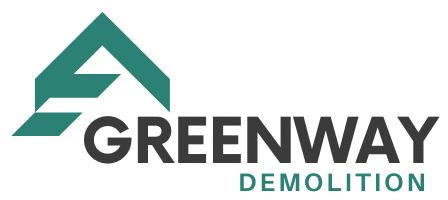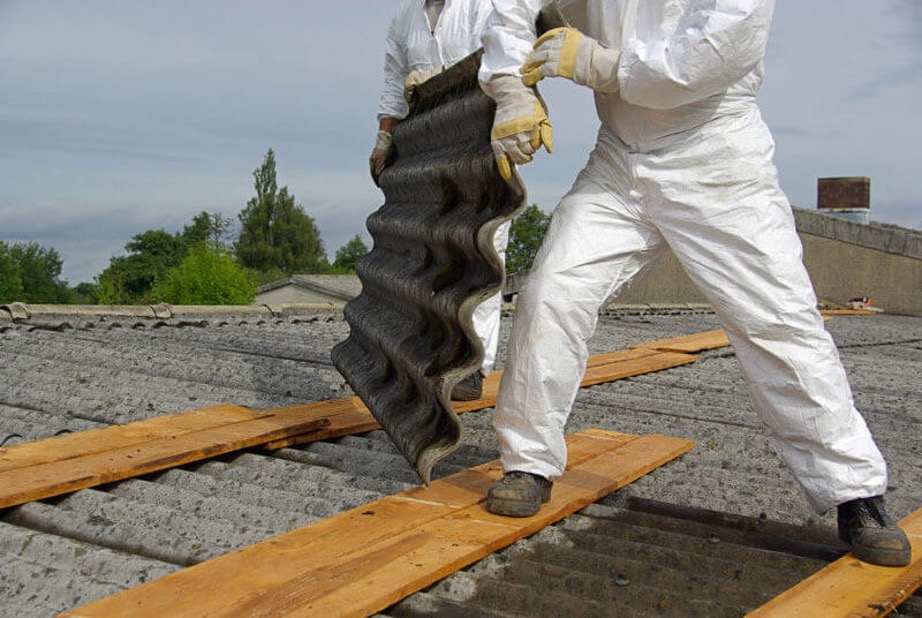Limit exposure to harmful chemicals & asbestos
Residential building contractors are, of course, aware of the serious dangers of Silica, formaldehyde, asbestos and other hazardous materials involved in home construction. None of these toxins are found in new houses, but residential contractors frequently get hired to perform renovation work so that an older house can be brought back to life.
The following are some examples of hazards that are not illegal but potentially irritating that residential construction workers may run into while they are working on old buildings:
What is silica dust?
Crystalline silica is found in sand, stone, concrete and mortar. It is also used to make a variety of products, including engineered stone for kitchen and bathroom benchtops, bricks and tiles.
When workers cut, crush, drill, polish, saw or grind stone or products that contain crystalline silica, dust particles are generated. These dust particles, known as respirable crystalline silica or silica dust, are small enough to lodge deep in the lungs and cause illness or disease including silicosis.
What is a WES?
A WES represents the concentration of an airborne hazardous chemical (for example, respirable crystalline silica) within a worker’s breathing zone that should not cause adverse health effects or undue harm. Compliance with the WES is required under Commonwealth, state and territory WHS laws.
This means that your workers must not be exposed to levels of silica dust greater than 0.05 mg/m3 over an eight hour working day, for a five day working week. Check in with your local WHS regulator to see if they have introduced any new regulations for silica dust in addition to reducing the WES.
What does the reduced WES mean for you?
If you are a person conducting a business or undertaking (for example, an employer or small business owner), you may need to implement additional control measures or make changes to your workplace procedures so that the WES for silica dust is not exceeded.
Here are five things you can do to help protect your workers from exposure to silica dust:
- Assess the risk of silica dust at your workplace.
- Review the control measures you have in place to minimise your workers’ exposure to silica dust.
- Arrange for air monitoring if you are unsure how high the silica dust levels are at your workplace.
- Talk to your workers and any health and safety representatives (HSRs) about the reduced WES, how it might impact your workplace and any new training your workers might need.
- Review your worker’s health monitoring program if there is silica dust at your workplace, including workers who generate silica dust or those who work near it.
Content from safeworkaustralia.gov.au
We at Greenway Demolition deal with asbestos every day of the week, as unfortunately in the past it was an incredibly common building material in Brisbane. Before all the dangers were known asbestos was used in almost all aspects of construction, so a large majority of houses demolished contain it.
Disproportionately large even, as it is the older Gold Coast houses that are most often knocked down while newer constructions made after the asbestos ban and very old houses from before its widespread use remain untouched, or are only in need of renovation.
MDF Wood dust containing formaldehyde. When inhaled, the wood dust might become stuck inside of the nasal passages, and it is believed to have caused nasal cancer in certain woodworkers. Particleboard and wood panelling contain the toxic formaldehyde substance sometimes. Whenever the wood is manipulated or cut, formaldehyde-laced dust gets sent into the air, which can pose a major risk for workers who are nearby. That is why it is recommended by demolition contractors that workers wear protective respiration gear whenever they are dealing with panelling and particleboard.
There are just a couple of materials that demolition companies need to carefully prepare for and monitor when you are taking a building down. Safe Work Australia has a comprehensive set of standards specifically for demolition procedures.
If this is an area your team is not experienced or confident in, you should strongly consider contacting a commercial demolition professional and consult with them. An established demolition company will have extensive experience it taking down buildings. These experts can offer unique insights into the best way to remove chemical hazards from the site.
Book a Free Quote
We are here to help with any demolition service you need across South East QLD.
Need some advice along the way? The Greenway Demolition team have over 17 years’ experience in all aspects of commercial and residential demolition including asbestos removal.
If you would like a no-obligation free quote, call (07) 5224 2094, email info@greenwaydemo.com.au or fill in this form, and we'll get back to you as soon as possible.

